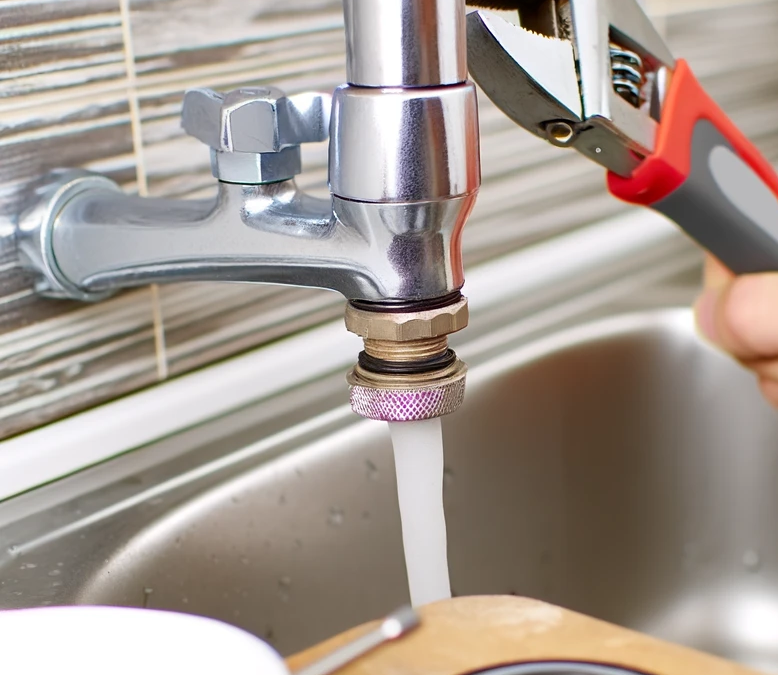Introduction
Experiencing a leaking faucet in your home can be more than just an annoyance; it can lead to wasted water and increased bills. Fortunately, fixing a leaky faucet is a manageable task that most homeowners can tackle with a few basic tools. This article will guide you through the steps to identify the cause of the leak and fix it effectively.

Identify the Type of Faucet
Before you can fix a leaking faucet, you need to identify the type of faucet you have. The most common types include compression, ball, cartridge, and ceramic disk faucets. Each type has a slightly different mechanism and will require a different approach to repair.
Tools and Materials Needed
To fix your leaking faucet, you will need a few basic tools:
- Adjustable wrench
- Phillips and flat-head screwdrivers
- Replacement washers and O-rings (specific to your faucet type)
- Plumber’s grease
Step-by-Step Guide to Fixing a Leaking Faucet
- Shut Off the Water Supply: Before you start, make sure to turn off the water supply to the faucet. You’ll usually find the shut-off valves under the sink. Turn them clockwise to close.
- Remove the Faucet Handle: Use the appropriate screwdriver to remove the handle of the faucet. This will expose the inner parts that may be causing the leak.
- Inspect the O-Rings and Washer: Look for worn-out O-rings or washers inside the faucet that may need replacement. These are often the culprits behind a leak.
- Replace Damaged Parts: Replace any damaged washers or O-rings. Make sure to apply plumber’s grease to the new parts before reassembling the faucet.
- Reassemble the Faucet: Once the new parts are in place, reassemble the faucet and tighten everything securely without over-tightening.
- Test Your Work: Turn the water supply back on and test the faucet for any leaks. If it still leaks, you may need to disassemble again and check for other worn-out parts or improper fitting.
Conclusion
Fixing a leaking faucet is a straightforward DIY task that can save you money and prevent water wastage. With the right tools and a bit of know-how, you can keep your faucets in good working condition and avoid the hassle of a continuous drip.
